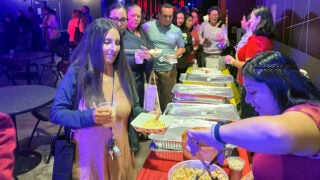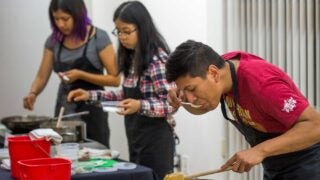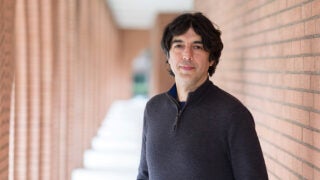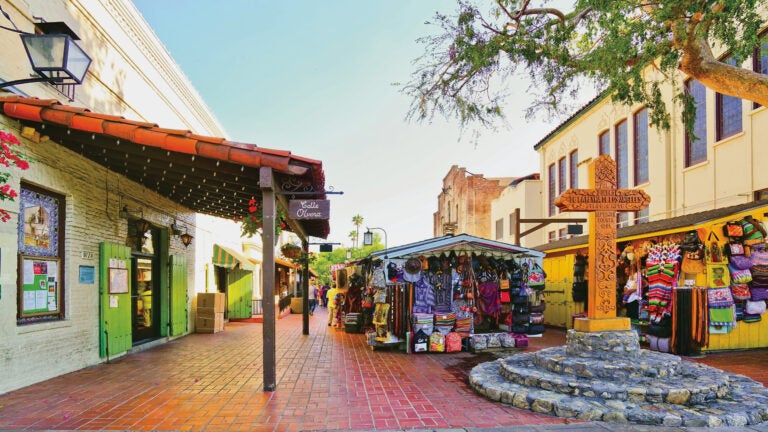
(Photo/Shutterstock)
Five ways students are learning through food at USC
At USC, some of the most interesting courses on history, biology and sociology are taught via food — and students are eating it up.
It’s not farfetched to say that food is the most important thing in the world. It shapes our bodies, defines national economies, drives scientific research and environmental choices. At USC, some of the most interesting courses on history, biology and sociology are taught via food.
What’s cooking?
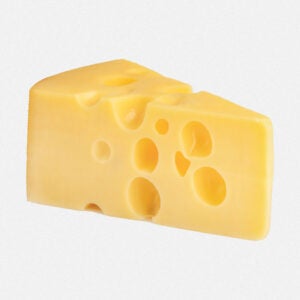
USC Dornsife’s Grayson Jaggers teaches “The Biology of Food,” in which students explore the science of taste and aroma. A lab portion provides a hands-on introduction to rudimentary cheese making, fermentation of foods and laboratory analysis. Jagger’s goal? To make biology more accessible to non-science majors.
Eating for long life
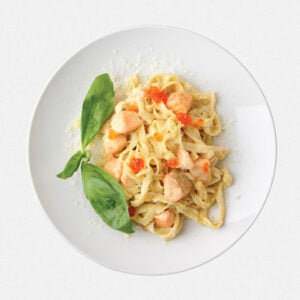
USC Leonard Davis School of Gerontology Professor Valter Longo looks at the impact nutrition and genetics have on longevity and diseases related to aging. A Maymester term is held in Liguria, Italy —Longo’s homeland— where the local diet is healthy pescatarian and a record proportion of people are older than 65.
Research your lunch
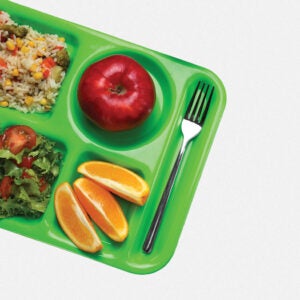
“Everyone eats, but so often we don’t stop to think about why we eat what we do,” Leah Hochman says. Her class at USC Dornsife explores how food reflects identity, family and community traditions; assignments include tracing a meal’s ingredients to their origins and volunteering at a food pantry.
Local eats

USC Dornsife’s Michael Petitti teaches a course on food and class in Los Angeles to spotlight the complexity and struggles of the city as a global food hub. Students work at a Compton farm and look for edible foliage to learn about food insecurity, housing and consumption.
¡Delicioso!
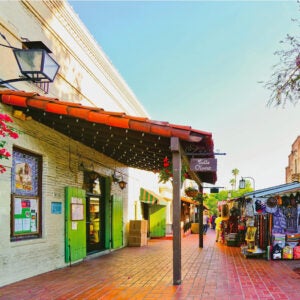
Sarah Portnoy uses food to deepen students’ understanding of Spanish vocabulary and Latino culture. Field trips to explore Olvera Street and Boyle Heights in Los Angeles are centered on food culture and justice, and span five classes across the USC Dornsife College of Letters, Arts and Sciences and the USC Annenberg School for Communication and Journalism.

